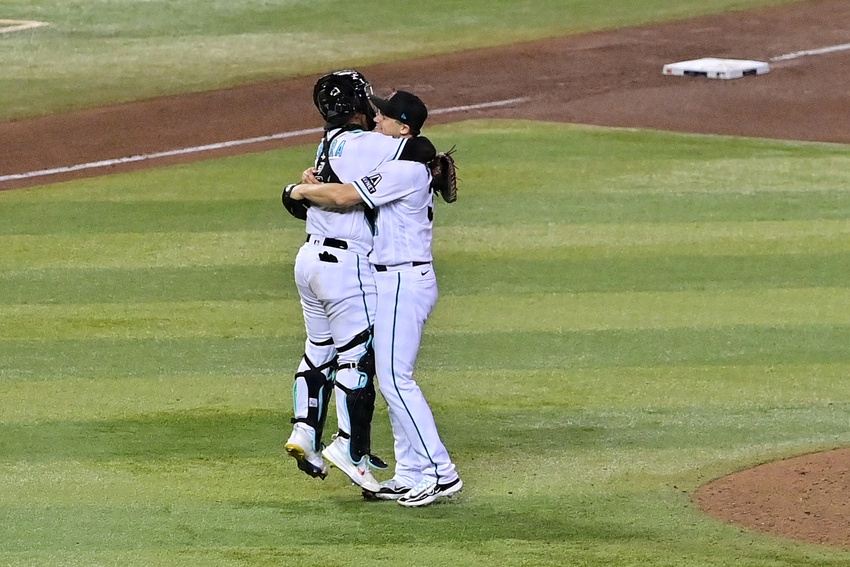The 2023 baseball season saw several new wrinkles. For the first time, there was a pitch clock and a limit on infield shifts. The bases were bigger, and pitchers were limited to two disengagements from the pitching rubber per at-bat when runners were on base. The results are in, and while it’s not possible to link all the positives from the 2023 season to the rule changes, it’s likely that they had an impact. Let’s take a look at some numbers from the 2023 season, from Forbes:
- MLB attendance was 70.7 million, up almost 1o percent from 2022. Further, 26 teams saw attendance increases.
- Game time was down 24 minutes from 2022
- Runs per game increased to 9.2 in 2023 from 8.6 the previous season
- Overall batting average was up .005 points, from .243 to .248
- Stolen bases increased from 1.0 per game to 1.4 (in 1.8 attempts) per game
- Television ratings were flat versus 2022. The cited article attributes this to disappointing seasons from some large-market teams, such as the Mets, Yankees, and Red Sox.

Matt Kartozian-USA TODAY Sports
Now that the postseason has begun, the playoff format has come under scrutiny for a couple of reasons. As we know, many of the highest seeds have made an early exit this year and last, leading some to question if MLB needs to re-think the structure of its playoffs. Ken Rosenthal wrote about this topic in The Athletic.
When MLB introduced the second wildcard team in 2012, teams other than the four wildcard winners had three inactive days before their playoff series began. Now, with the third wildcard and the best-of-three format in the first playoff round, those teams not competing in the initial round have five inactive days. In this year’s playoffs, the Dodgers and Orioles have lost, and the Braves may lose in the first round. That’s potentially three of four teams with a layoff (only the Astros have advanced so far among division winners not playing in the first round).
As Rosenthal points out, the idle time is not the sole reason.
Not all of it can be attributed to the format. In baseball, rarely is one thing to blame. The Braves’ rotation was not at full strength last October when they made their first-round exit. It is not at full strength this October. The Orioles, meanwhile, have even less reason to cite the layoff for their 0-2 start against the Rangers. They didn’t hit in Game 1, but that might merely have been an extension of their sporadic offensive performance down the stretch. And when they did hit in Game 2, their pitchers walked 11, resulting in an 11-8 defeat.
The problem is that many appreciate the best-of-three first round and having three wild card teams. The wild card races were very interesting in both leagues coming down the stretch. There is no easy answer to increasing the number of playoff teams and having a more fair best-of-three first round, while not having some teams inactive for an extended period. After a grueling seven months (including spring training), one may think that teams might appreciate the time off to reset and line up their rotations. While it’s a very small sample size (two years in this format), so far, the down time has not shown to be beneficial.
Another criticism of the current playoff format is that MLB does not reseed after each round. Currently, the one seed faces the winner of the wild-card series between the numbers four and five seeds, while the number two seed faces the winner of the numbers three and six series. The idea is to ensure that the number one seed does not face another division winner in the division series, while still preserving the original bracket.
This one probably could stand a change. The highest seed should face the lowest remaining seed in every round. In the current structure, it’s possible that, in the division series, the top seed can face a four-seed, while the second seed may face a six-seed. If that’s the case, what was the benefit of having the best record?
Commissioner Rob Manfred has stated that he is not concerned about the early trends and criticisms of the current playoff format, stating that it has been only two seasons, and we need to see a larger sample size before considering adjustments. The commissioner is right about that. Time will tell if the layoff is too long and detrimental, or if what we have seen so far ultimately amounts to a statistical anomaly.
However, Mr. Manfred, let’s consider reseeding after the playoff rounds. The NFL does it (the NBA and NHL use a traditional bracket format). Doing so may provide a late-season incentive for teams far ahead in their divisions. So much is going well in baseball right now; a tweak here and there can keep the good vibes coming.















